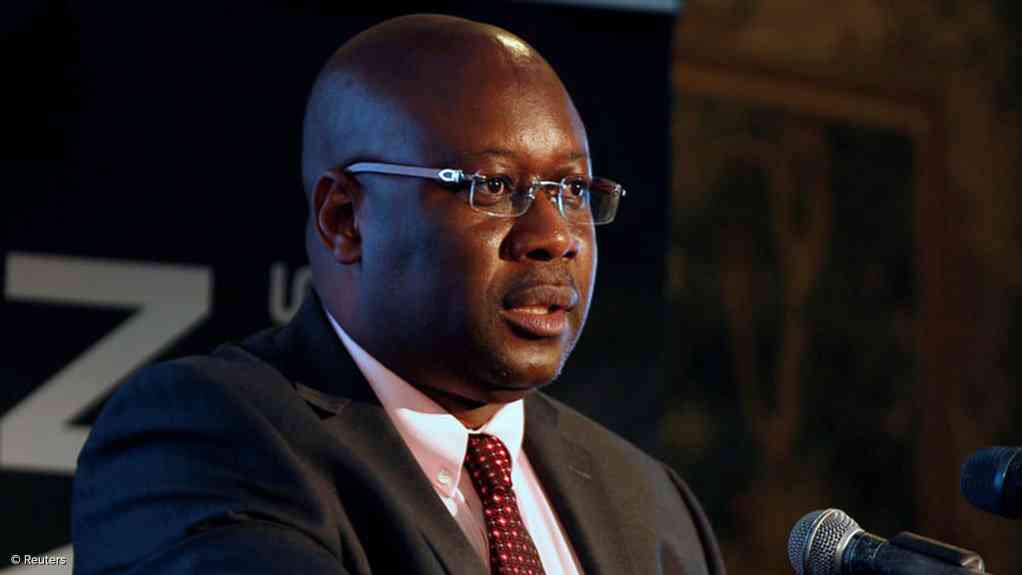
THE government has stripped the Zimbabwe Mining Development Corporation (ZMDC) of its assets as calls to dissolve the entity grow louder, the Zimbabwe Independent can reveal.
The state-owned mining investment arm has been pursuing partial privatisation of all its mining assets as part of its latest strategy to maximise value.
However, there are fresh calls in government to dissolve the parastatal, especially after the recent setting up of the Mutapa Investment Fund to house state-owned assets.
ZMDC is a state-controlled mining vehicle established by an Act of Parliament No. 31 of 1982 to create a vibrant and versatile mining powerhouse, which at the time, was seen as necessary to transform Zimbabwe’s mineral wealth to tangible economic benefits.
The mining firm has so far lost the majority of its gold mines to another state-controlled firm, Kuvimba Mining House (KMH) while some of its assets are now housed under Delfold Mining, a mining unit under the Ministry of Mines and Mining Development.
ZMDC now partly owns Sabi Gold Mine in partnership with Chandiwana mines, while Jena Gold Mines, Elvington Gold Mine and Sandawana are now being managed by KMH. ZMDC also had a significant interest in graphite mining and emeralds among other minerals. Lynx Graphite Mine is now under Fossil Mining.
Defold, headed by former Mines permanent secretary Onesmo Moyo, has since taken over some mining projects that previously had ZMDC interests.
The biggest challenge for ZMDC has been its failure to attract suitors because its struggling mining assets have remained unattractive and under-mined, despite their capacity to drive the country's economic growth.
- In-depth Interview: 'Local tourism on great rebound'
- Govt challenges youths to participate in tourism
- New perspectives: Moderating parallel market exchange rates
- ZITF Company launches AfriConfex
Keep Reading
Sources close to the developments told the Independent that the government was paving way for the dissolution of ZMDC.
“There are plans to dissolve ZMDC after stripping it of almost all its assets and the mining investment firm has been struggling to fund its operations since then,” a government source said.
“The formation of KMH, Defold Mining and the recent Mutapa (Investment) Fund means the ZMDC role in the government mining matrix is no longer material. There is a strong push in the government to dissolve ZMDC as part of the latest parastatal restructuring and reform.”
ZMDC general manager Blessed Chitambira in an interview said the state-owned mining investment firm was moving in the right direction in line with the National Development Strategy 1 (NDS1).
“Under the NDS1, the ZMDC strategy has been partial privatisation and that route has been successful. That saw Jena, Sandawana and Elvington Mines being partially privatised in partnership with KMH,” Chitambira said.
“As a result of that strategy, most mines that were not operating are now operational. Sabi Gold Mine is now operational while Kamativi Lithium mine is being commissioned right now.
“On the issue of ZMDC being dissolved, I cannot comment on that because those are policy issues that are handled by the Ministry.”
Mines Permanent Secretary Pfungwa Kunaka promised to respond but had not done so by the time of going to print.
ZMDC, through a directive from Treasury in 2021, transferred its effective 93% shareholding in Kamativi Tin Mines (Pvt) Ltd and 40% shareholding held in Todal (Pvt) Ltd to Defold Mine.
At Kamativi, Canada-listed Chimata Gold’s local Zimbabwean partner, Jimbata, holds 60% of the Kamativi Tailings Company, which plans to treat the dumps at the old tin mine to recover lithium. The remaining 40% is held by Kamativi Tin Mines, a unit of ZMDC. It is that 40% that the government moved to Defold.
The government has been selling off ZMDC assets since 2018, when it first issued a tender for six mines held by the company. In 2020, the government announced Landela Mining as the winning bidder for ZMDC’s gold assets and Sandawana Mine.










